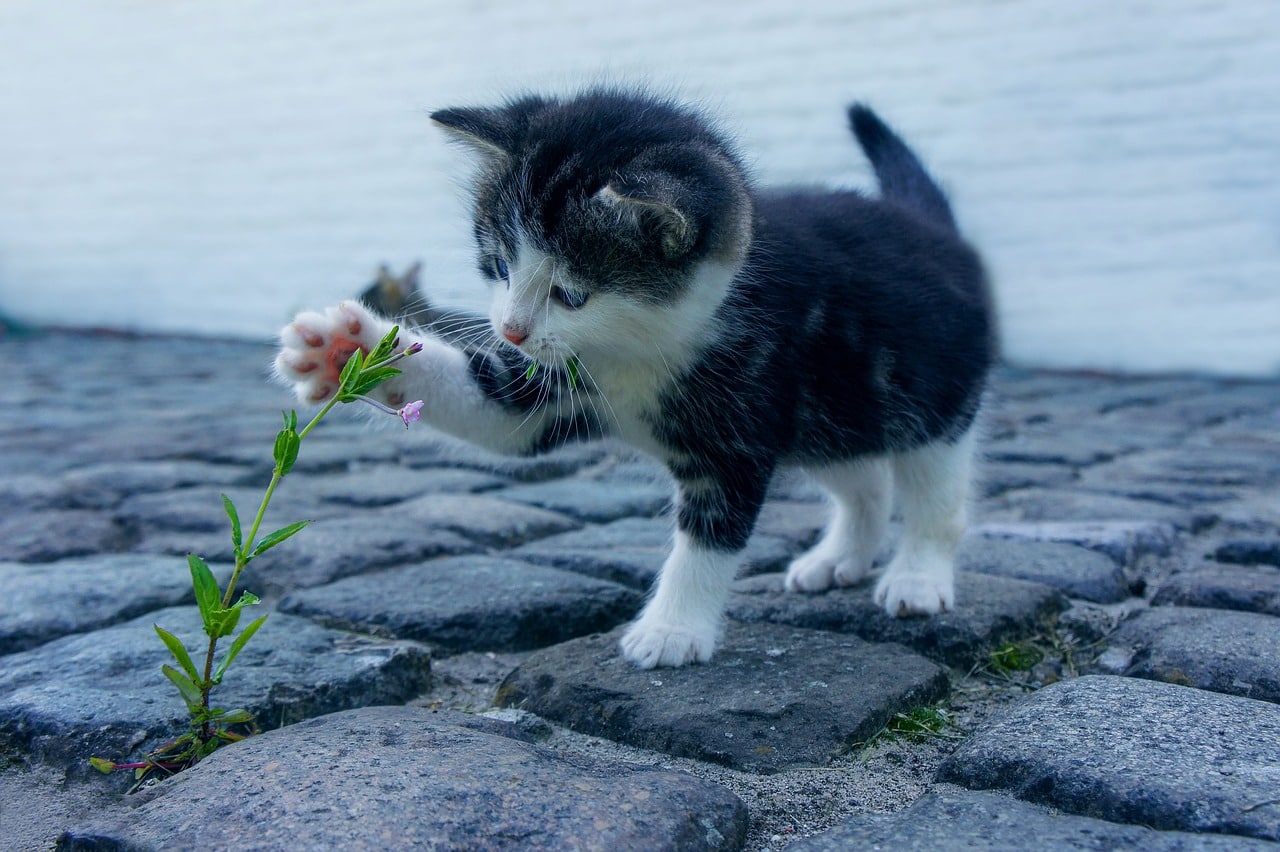What’s the Best Way to Keep Your Pet Hydrated During Long Road Trips?

We all know that preparing for a long road trip can be quite a chore. Factor in a pet, be it a dog or a cat, and the task gets even more challenging. Ensuring your pet’s comfort and well-being throughout the journey is vital, and one of the most crucial aspects to consider is hydration. Just like humans, pets need a sufficient amount of water to stay healthy and in high spirits. But how do you keep your pet hydrated during long road trips? In this article, we unravel the best techniques to keep your beloved pet well-hydrated throughout your adventure.
Choose the Right Pet Travel Accessories
Before you embark on your trip, your first point of action should be to equip yourself with the necessary pet travel accessories. Mainly, you will need a portable pet water bottle and a pet travel bowl.
Also read : How to Prevent Feather Picking in Parrots Through Environmental Enrichment?
A portable pet water bottle is perfect for on-the-go hydration. These bottles usually come with built-in bowls, allowing your pet to drink directly from the bottle. This feature minimizes water spillage and makes it easier for you to administer water to your pet.
On the other hand, a pet travel bowl offers a more conventional approach to pet hydration. These bowls are typically collapsible, making them easy to pack and carry. They’re also quite versatile as they can hold both food and water.
In parallel : How to Provide Effective Mental Stimulation for Your Indoor Cat?
When choosing these accessories, ensure they’re made from non-toxic materials and are easy to clean. It’s also essential to consider the size of your pet. Bigger pets will need larger bowls and water bottles.
Develop a Hydration Schedule for Your Pet
Developing a hydration schedule for your pet is crucial. It might sound overzealous, but it can be a lifesaver, especially during long road trips. A schedule helps you ensure that your dog or cat gets the right amount of water they need.
As a general rule of thumb, cats need approximately 3.5-4.5 ounces of water per 5 pounds of body weight daily while dogs need about an ounce of water per pound of body weight every day. But remember, these are just rough estimates, and actual water requirements can depend on several factors, such as the pet’s age, health status, and the weather.
Monitor your pet’s water intake regularly and adjust as necessary. Take note of signs of dehydration like dry gums, excessive panting, and reduced activity levels. If you observe these symptoms, be sure to give your pet more water.
Regular Stops for Rehydration
Stopping regularly during your trip is vital for your pet’s hydration and overall comfort. A good practice is to stop every 2-3 hours to give your pet a chance to stretch, walk around, and most importantly, drink water.
These stops will not only keep your pet hydrated but also help prevent motion sickness, which is common in pets during car travel. Make sure to use these breaks to check if your pet exhibits any signs of dehydration or discomfort. Adjust your travel plans as necessary to ensure your pet’s well-being throughout the trip.
Keep the Car Cool and Comfortable
Keeping the car cool and comfortable during the trip will help reduce your pet’s water consumption. High temperatures can lead to excessive panting in dogs and cats, which in turn, increases their need for water.
Ensure that your car’s air conditioning is working properly before you embark on your trip. If you’re traveling in a vehicle without air conditioning, keep the windows slightly open to allow fresh air to circulate in the car. Additionally, consider investing in a car seat cover to protect your pet from hot seats.
Pack Enough Water and High-Moisture Food
Finally, to efficiently keep your pet hydrated during your road trip, be sure to pack enough water. It’s always better to overestimate the amount of water you’ll need for the journey. This way, you’re prepared for any unexpected delays or detours that may lengthen your travel time.
In addition to water, consider packing high-moisture food for your pet. Foods with high water content can supplement your pet’s water intake and help keep them hydrated. This is especially beneficial for cats who naturally have a low thirst drive.
Remember, preparation is key when it comes to traveling with pets. With the right accessories, a well-thought-out schedule, regular stops, a comfortable car environment, and ample water supply, you can ensure your pet stays hydrated and healthy throughout your long road trip.
Pet Hydration Tips for Overnight Stays
When it comes to hotel stays during your road trip, maintaining your pet’s hydration routine is crucial. Make sure you inquire about the hotel’s pet policy ahead of time and figure out how you can maintain your pet’s hydration even when you’re not on the move.
Firstly, regardless of whether you’re staying overnight at a pet-friendly hotel or camping out, ensure that you’ve got a water bowl set up in a spot your pet can easily access. Remember, it should be a quiet and comfortable place, away from main foot-traffic areas, to encourage your pet to drink.
Secondly, it’s crucial to stick to the hydration schedule you’ve developed for your pet. Be it your dog or cat, ensure they’re getting enough water as per their body weight and activity level.
If your pet is a picky drinker, you can encourage them by adding a splash of dog food or cat food broth to their water. The familiar taste can entice them to drink. Do keep an eye on their water bowl to ensure it’s clean and fresh, as some pets may refuse to drink if the water has been sitting out for too long.
Also, while you’re away from your pet, ask hotel staff or campground neighbors to check on your pet’s water supply. It never hurts to have an extra set of eyes ensuring your pet stays hydrated.
Keeping Your Pet Hydrated upon Arrival
Once you’ve reached your destination, it’s essential to continue prioritizing your pet’s hydration. Whether you’re visiting family, checking into a pet-friendly hotel, or setting up camp, ensuring your pet has access to clean, fresh water should be top of your to-do list.
Bring your pet’s water bowl in from your car and position it in a spot your pet can easily reach. For your dog, you may want to place the water bowl near their dog bed or crate. For your cat, placing the water bowl away from their litter box is ideal.
Like during your road trip, continue to adhere to the hydration schedule you’ve developed for your pet. Depending on your pet’s water intake during the trip, you may need to adjust the amount of water you provide. Always look out for signs of dehydration and react promptly if you notice any.
If you’re staying somewhere with a garden or backyard, consider setting up an outdoor water supply for your pet. A shaded outdoor area with an additional water bowl can encourage your pet to drink more, especially if they spend a lot of time outside.
Conclusion
Ensuring your pet stays adequately hydrated during long road trips can seem overwhelming, but with careful planning and consideration, it’s completely achievable. The key is to prepare in advance by equipping yourself with the right pet travel accessories, developing a hydration schedule, making regular stops for rehydration, keeping the car cool, and packing enough water and high-moisture food.
Remember, your pet’s hydration is crucial to their health and well-being. So, whether you’re hitting the road for a weekend getaway or embarking on a cross-country adventure, make your pet’s hydration a top priority. With these tips in mind, you can make your next road trip a comfortable and enjoyable experience for both you and your beloved pet.
